Grow Radishes at Home? Absolutely! And you don’t need acres of land or a green thumb blessed by the gardening gods. I’m here to tell you that cultivating these peppery little gems is surprisingly easy, even if you’re a complete beginner. Forget those bland, store-bought radishes – imagine the crisp, vibrant flavor of freshly harvested radishes, grown right in your own backyard (or even on your windowsill!).
Radishes have a surprisingly long and fascinating history. They’ve been cultivated for thousands of years, with evidence suggesting they were enjoyed by the ancient Egyptians and Greeks. They were valued not only for their taste but also for their medicinal properties. Today, while we might not rely on them for healing, their quick growth and satisfying crunch make them a popular choice for home gardeners everywhere.
But why should you bother to grow radishes at home? Well, for starters, they’re incredibly fast-growing. You can go from seed to harvest in as little as three weeks! This makes them perfect for impatient gardeners (like me!) and a great way to get kids involved in the process. Plus, growing your own radishes allows you to control what goes into them – no pesticides or harmful chemicals. You’ll have fresh, healthy, and delicious radishes whenever you want them. So, let’s dive into some easy DIY tricks and hacks that will have you enjoying a radish harvest in no time!
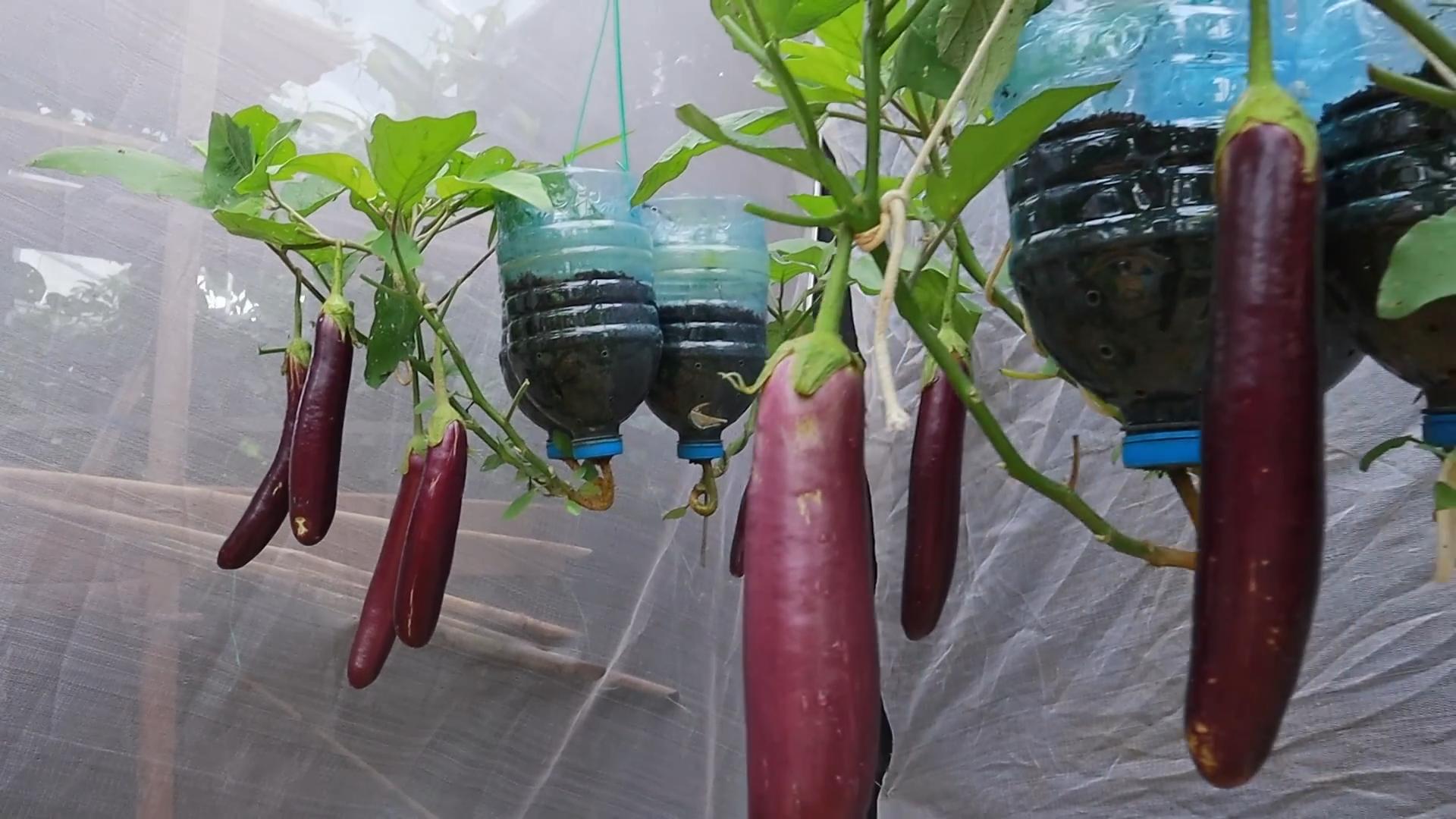
Grow Your Own Radishes: A Beginner’s Guide to a Speedy Harvest
Radishes! Those peppery little root vegetables that add a delightful crunch and zing to salads, sandwiches, and even just enjoyed on their own with a bit of butter and salt. And guess what? They’re incredibly easy to grow at home, even if you’re a complete gardening newbie. I’m going to walk you through everything you need to know to get a bountiful radish harvest in just a few weeks. Get ready to impress your friends and family with your homegrown goodness!
Choosing the Right Radish Variety
First things first, let’s talk about radish varieties. There’s more to radishes than just the classic red globe! Different varieties offer different flavors, sizes, and growing times. Here are a few of my favorites:
* **Cherry Belle:** This is your classic, round, bright red radish. It’s quick to mature (about 22 days) and has a mild, slightly peppery flavor. Perfect for beginners!
* **French Breakfast:** These are elongated, red radishes with a white tip. They have a milder, sweeter flavor than Cherry Belle and mature in about 25 days. I love these sliced thinly on buttered bread.
* **Easter Egg:** This is a mix of radishes that come in a variety of colors – red, pink, purple, and white. They’re fun to grow and add a colorful touch to your garden. They mature in about 25 days.
* **Black Spanish:** If you’re looking for something with a bit more kick, try Black Spanish radishes. They have a black skin and white flesh, and a very pungent, peppery flavor. They take a bit longer to mature (around 55 days) but are worth the wait if you like a strong radish flavor.
* **Daikon:** These are long, white radishes that are commonly used in Asian cuisine. They have a milder flavor than other radishes and can be quite large. They take about 60 days to mature.
Consider your taste preferences and the amount of space you have when choosing your radish variety. For a continuous harvest, I recommend planting a few different varieties at the same time.
Preparing Your Radish Growing Area
Radishes are pretty low-maintenance, but they do need a few things to thrive. Here’s how to prepare your growing area:
* **Sunlight:** Radishes need at least 6 hours of sunlight per day. Choose a spot in your garden that gets plenty of sun.
* **Soil:** Radishes prefer loose, well-drained soil. If your soil is heavy clay, amend it with compost or other organic matter to improve drainage. I always add a generous amount of compost to my radish beds.
* **pH:** Radishes prefer a soil pH of 6.0 to 7.0. You can test your soil pH with a soil testing kit. If your soil is too acidic, you can add lime to raise the pH.
* **Fertilizer:** Radishes don’t need a lot of fertilizer, but a little bit of balanced fertilizer (like 10-10-10) at planting time can help them get off to a good start. I usually mix a small amount of fertilizer into the soil before planting.
Planting Your Radish Seeds
Now for the fun part – planting! Here’s how to plant your radish seeds:
1. **Prepare the soil:** Rake the soil smooth and remove any rocks or debris.
2. **Make rows:** Use a hoe or your finger to create shallow rows about ½ inch deep and 1 inch apart.
3. **Sow the seeds:** Sprinkle the radish seeds evenly in the rows, about ½ inch apart. Don’t overcrowd them!
4. **Cover the seeds:** Gently cover the seeds with soil and pat it down lightly.
5. **Water:** Water the soil thoroughly with a gentle spray. Keep the soil moist until the seeds germinate.
Important Tip: Radishes are cool-season crops, which means they grow best in the spring and fall. Plant your seeds 4-6 weeks before the last expected frost in the spring, or 4-6 weeks before the first expected frost in the fall. In warmer climates, you can grow radishes throughout the winter.
Caring for Your Radishes
Radishes are relatively easy to care for, but here are a few things to keep in mind:
* **Watering:** Keep the soil consistently moist, but not soggy. Water deeply when the top inch of soil feels dry.
* **Thinning:** Once the seedlings emerge, thin them to about 1 inch apart. This will give them enough room to grow. I know it’s hard to pull out those tiny seedlings, but it’s necessary for a good harvest!
* **Weeding:** Keep the area around your radishes free of weeds. Weeds can compete with radishes for nutrients and water.
* **Pests and Diseases:** Radishes are generally pest-resistant, but they can be susceptible to flea beetles and root maggots. Flea beetles can be controlled with insecticidal soap. Root maggots can be prevented by covering your radish bed with row covers.
Harvesting Your Radishes
The best part of growing radishes is the quick harvest! Most radish varieties are ready to harvest in just 3-4 weeks.
1. **Check for size:** Radishes are ready to harvest when they are about 1 inch in diameter.
2. **Pull them up:** Gently pull the radishes out of the ground. If the soil is dry, you may need to loosen it with a trowel first.
3. **Wash and store:** Wash the radishes and trim off the tops. Store them in the refrigerator in a plastic bag for up to a week.
Pro Tip: Don’t let your radishes get too big, or they will become woody and bitter. Harvest them as soon as they are ready.
Succession Planting for a Continuous Harvest
To enjoy a continuous supply of radishes throughout the growing season, practice succession planting. This means planting a new batch of seeds every 1-2 weeks. This will ensure that you always have radishes ready to harvest. I usually plant a small row of radishes every week to keep my salad bowl full.
Troubleshooting Common Radish Problems
Even with the best care, you might encounter a few problems when growing radishes. Here are some common issues and how to fix them:
* **Radishes are small and skinny:** This is usually caused by overcrowding or lack of sunlight. Thin your seedlings to give them more room to grow, and make sure they are getting at least 6 hours of sunlight per day.
* **Radishes are woody and bitter:** This is usually caused by letting the radishes get too big. Harvest them as soon as they are ready. It can also be caused by hot weather. Try planting radishes in the spring or fall when the weather is cooler.
* **Radishes are splitting:** This is usually caused by inconsistent watering. Keep the soil consistently moist, but not soggy.
* **Radishes are being eaten by pests:** Flea beetles and root maggots are common radish pests. Flea beetles can be controlled with insecticidal soap. Root maggots can be prevented by covering your radish bed with row covers.
Beyond the Root: Using Radish Greens
Don’t throw away those radish greens! They’re perfectly edible and packed with nutrients. You can use them in salads, soups, or stir-fries. They have a slightly peppery flavor, similar to the radish itself. I love to sauté them with garlic and olive oil for a quick and easy side dish.
Radish Recipes to Try
Now that you’ve got a bountiful harvest of radishes, it’s time to get cooking! Here are a few of my favorite radish recipes:
* **Radish and Butter Sandwiches:** This is a classic French snack. Simply slice radishes thinly and spread them on buttered bread with a sprinkle of salt.
* **Radish Salad:** Combine sliced radishes with cucumbers, tomatoes, and a vinaigrette dressing.
* **Roasted Radishes:** Toss radishes with olive oil, salt, and pepper, and roast them in the oven until they are tender.
* **Radish Top Pesto:** Use radish greens instead of basil to make a unique and flavorful pesto.
Growing radishes is a rewarding experience that anyone can enjoy. With a little bit of planning and care, you can have a steady supply of fresh, flavorful radishes right from your own backyard. So get out there and start planting! Happy gardening!
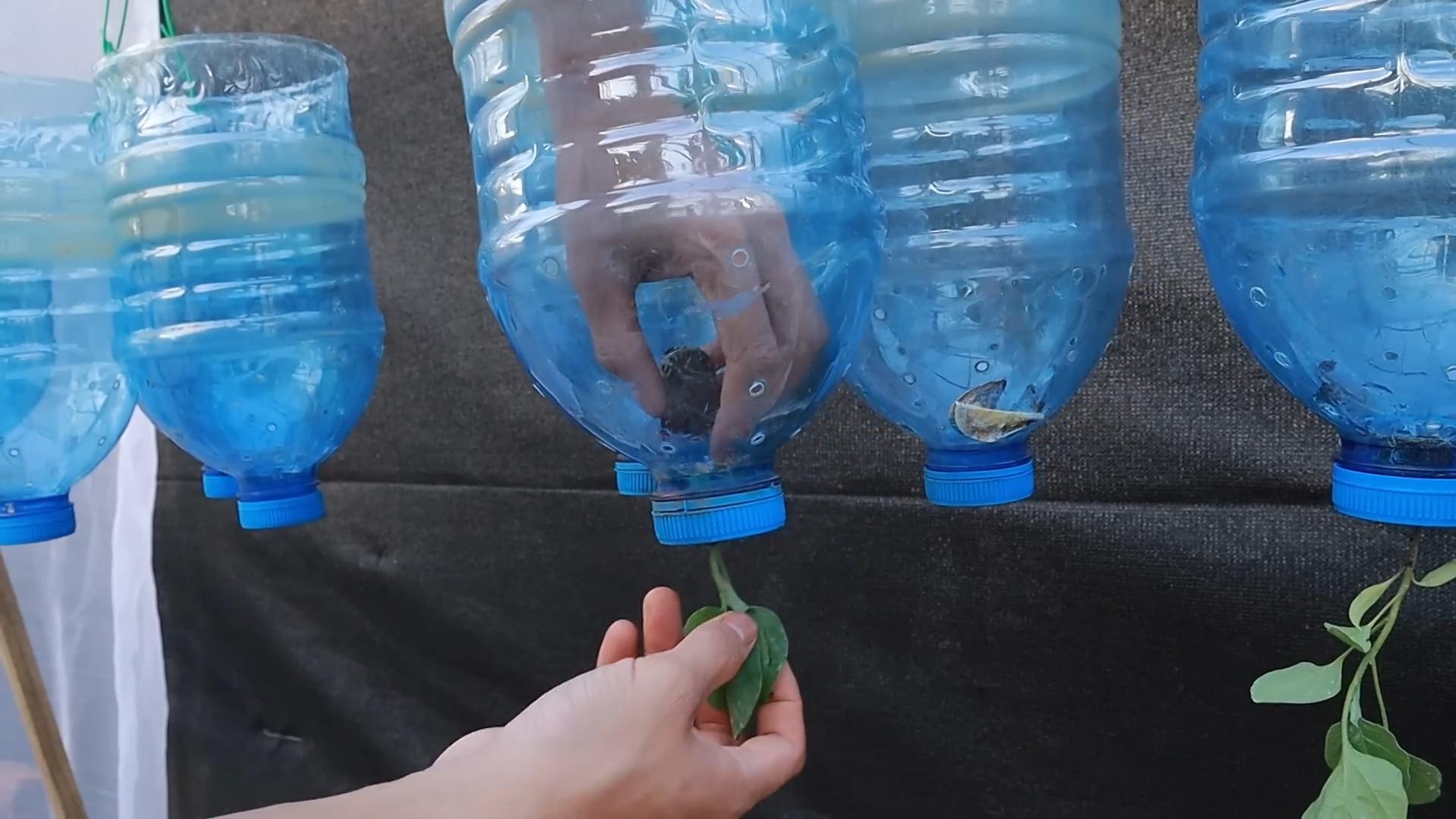
Conclusion
So, there you have it! Growing radishes at home is not only incredibly easy, but it’s also a remarkably rewarding experience. Forget those bland, store-bought radishes that lack the peppery punch you crave. With just a few simple steps, you can cultivate a vibrant crop of crisp, flavorful radishes right in your own backyard, balcony, or even on a sunny windowsill.
Why is this DIY trick a must-try? Because it puts you in control. You dictate the quality of the soil, the amount of sunlight, and the watering schedule, ensuring that your radishes are grown to perfection. Plus, there’s nothing quite like the satisfaction of harvesting something you’ve nurtured from seed to table. It’s a connection to nature, a boost to your culinary creativity, and a guaranteed way to impress your friends and family with your homegrown goodness.
But the fun doesn’t stop there! Feel free to experiment with different varieties of radishes. From the classic Cherry Belle to the elongated French Breakfast or the fiery Daikon, there’s a radish out there to suit every palate. You can also try succession planting, sowing seeds every couple of weeks to ensure a continuous harvest throughout the growing season. Consider companion planting too! Radishes are known to deter pests from other vegetables, making them excellent neighbors for carrots, lettuce, and cucumbers.
Another variation to consider is growing radishes in containers. This is perfect for those with limited space or poor soil conditions. Just make sure your container is at least 6 inches deep and has good drainage. Use a high-quality potting mix and follow the same planting and care instructions as you would for growing radishes in the ground.
Don’t be intimidated if you’re a beginner gardener. Radishes are incredibly forgiving and quick to mature, making them the perfect crop to build your confidence. The key is to provide them with consistent moisture, plenty of sunlight, and well-drained soil. And remember, even if you make a few mistakes along the way, you’ll still learn something valuable.
We wholeheartedly encourage you to give this DIY trick a try. It’s a simple, affordable, and incredibly satisfying way to enjoy fresh, flavorful radishes all season long. Once you’ve tasted the difference between homegrown and store-bought, you’ll never go back!
So, grab some radish seeds, prepare your soil, and get ready to experience the joy of growing your own food. And most importantly, don’t forget to share your experience with us! We’d love to hear about your successes, your challenges, and any tips or tricks you’ve discovered along the way. Share your photos and stories on our social media channels using #HomegrownRadishes. Let’s inspire others to embrace the magic of growing their own food, one radish at a time. Happy gardening!
Frequently Asked Questions (FAQs)
What is the best time of year to plant radishes?
Radishes are cool-season crops, meaning they thrive in cooler temperatures. The best time to plant radishes is in early spring or late summer/early fall. In spring, plant them as soon as the soil can be worked, typically a few weeks before the last expected frost. For a fall harvest, plant them about 4-6 weeks before the first expected frost. Avoid planting radishes during the heat of summer, as they tend to bolt (go to seed) and become bitter.
How much sunlight do radishes need?
Radishes need at least 6 hours of sunlight per day to grow properly. If you’re growing them indoors, place them near a sunny window or use grow lights to supplement natural light. Insufficient sunlight can result in leggy plants and small, underdeveloped radishes.
What kind of soil is best for growing radishes?
Radishes prefer loose, well-drained soil that is rich in organic matter. Amend heavy clay soil with compost or other organic materials to improve drainage and aeration. A slightly acidic to neutral soil pH (around 6.0 to 7.0) is ideal. Avoid soils that are compacted or rocky, as they can hinder root development.
How often should I water my radishes?
Radishes need consistent moisture to grow quickly and develop crisp, tender roots. Water them regularly, especially during dry periods. Aim to keep the soil consistently moist but not waterlogged. Overwatering can lead to root rot, while underwatering can cause the radishes to become tough and bitter. A good rule of thumb is to water deeply whenever the top inch of soil feels dry to the touch.
How long does it take for radishes to mature?
One of the great things about radishes is that they mature very quickly. Most varieties are ready to harvest in just 3-4 weeks from planting. Check the seed packet for specific maturity times for the variety you’re growing.
How do I know when my radishes are ready to harvest?
The best way to determine if your radishes are ready to harvest is to check their size. Most varieties are ready to harvest when the roots are about 1 inch in diameter. You can also gently brush away the soil around the base of the plant to get a better look at the root. If the radishes are too small, they may not be fully developed. If they are too large, they may become tough and bitter.
Why are my radishes cracking?
Radish roots can crack due to inconsistent watering. This often happens when the soil dries out and then is suddenly saturated with water. To prevent cracking, water your radishes regularly and consistently, especially during dry periods. Mulching around the plants can also help to retain moisture in the soil.
Why are my radishes bitter?
There are several reasons why radishes might taste bitter. One common cause is hot weather. High temperatures can cause radishes to bolt and become bitter. Another cause is inconsistent watering. If the soil dries out and then is suddenly saturated, the radishes can develop a bitter taste. Over-mature radishes can also become bitter. Harvest your radishes when they are the right size to avoid this.
Can I eat the radish greens?
Yes, radish greens are edible and nutritious! They have a peppery flavor similar to the roots. You can use them in salads, soups, stir-fries, or as a garnish. Make sure to wash them thoroughly before eating.
How do I store radishes after harvesting?
To store radishes, remove the greens and wash the roots thoroughly. Place the radishes in a plastic bag or container with a damp paper towel and store them in the refrigerator. They should keep for about 1-2 weeks.
What are some common pests and diseases that affect radishes?
Radishes are generally pest-resistant, but they can be susceptible to flea beetles, root maggots, and aphids. Flea beetles can be controlled with insecticidal soap or row covers. Root maggots can be prevented by using row covers or by rotating crops. Aphids can be controlled with a strong spray of water or insecticidal soap. Common diseases that affect radishes include damping-off and white rust. Damping-off can be prevented by using well-drained soil and avoiding overwatering. White rust can be controlled with fungicides.
Can I grow radishes in containers?
Yes, radishes are well-suited for container gardening. Choose a container that is at least 6 inches deep and has good drainage. Use a high-quality potting mix and follow the same planting and care instructions as you would for growing radishes in the ground. Container-grown radishes may need more frequent watering than those grown in the ground.

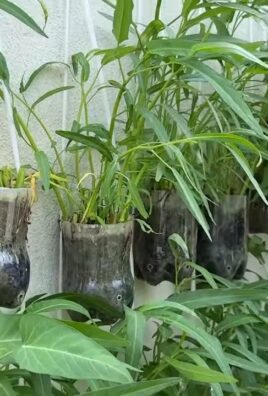
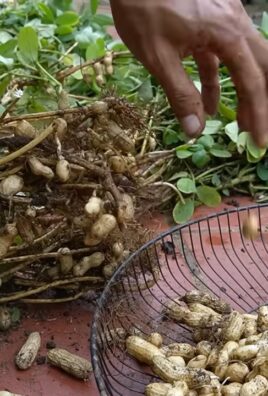
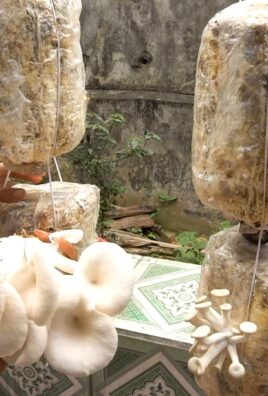
Leave a Comment